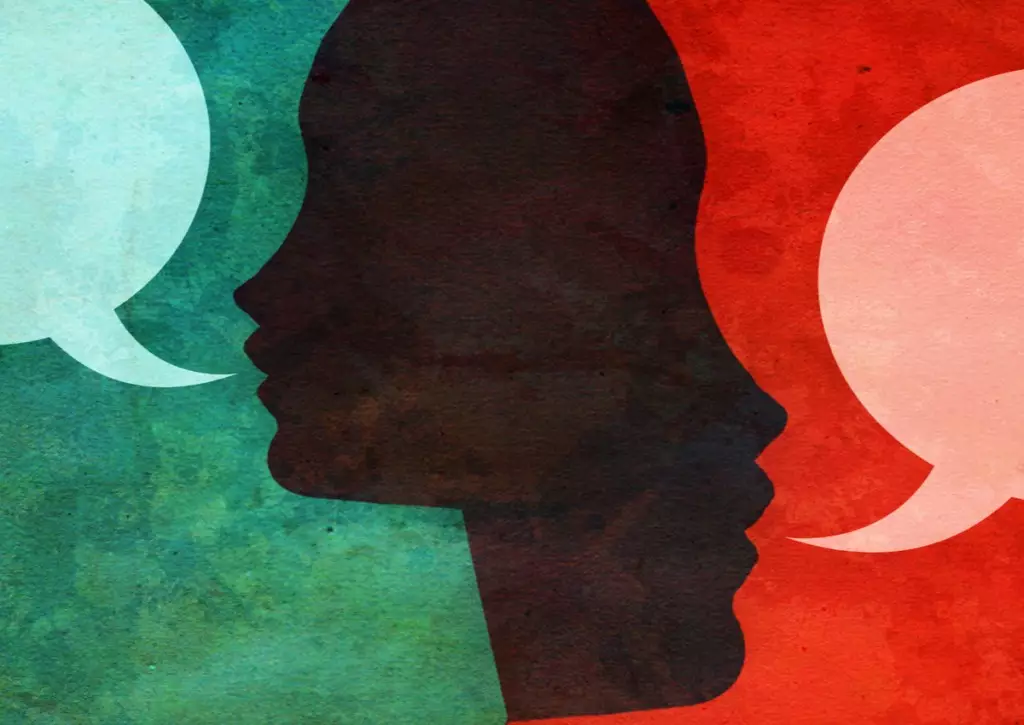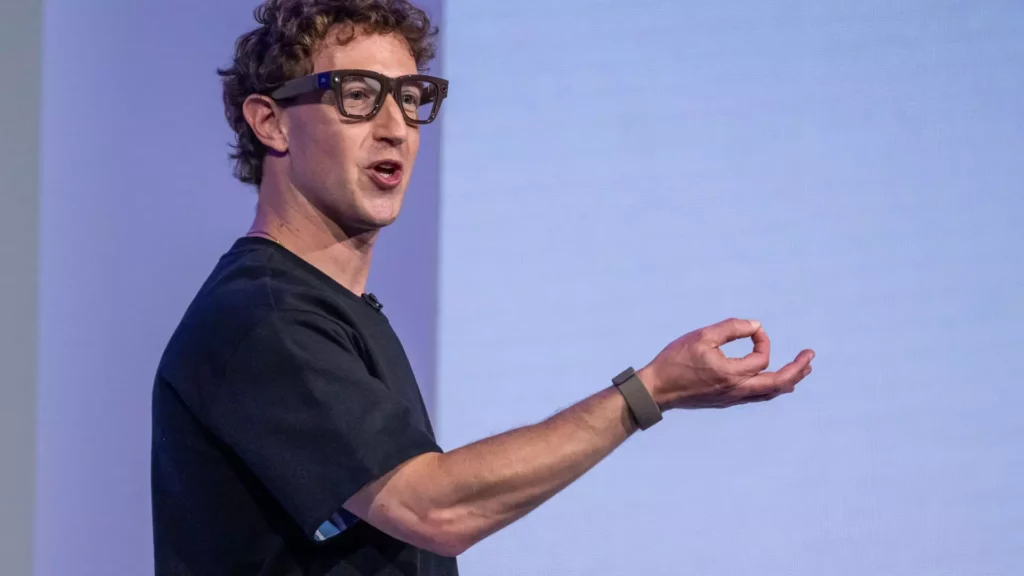Despite the soaring advancements in artificial intelligence, particularly in voice recognition technology, a critical oversight persists—one that exposes AI’s tendency to prioritize efficiency and sleek performance over genuine inclusivity. Modern voice interfaces, which are increasingly embedded in our daily routines, are fundamentally designed around normative speech patterns—fluency, clarity, and typical vocal ranges. This narrow focus inadvertently silences a substantial segment of society: individuals grappling with speech disabilities or atypical vocalizations. The apparent progress in AI-driven voice technology, therefore, masks a darker reality—the persistent marginalization of the very people who could benefit most from accessible communication aids. The core issue isn’t just technological limitation but a reflection of societal priorities that favor speed and convenience over real human diversity.
For decades, the promise of voice assistants and speech recognition tools was rooted in the idea that technology would democratize communication. But as these systems evolved, they became more sophisticated—yet still fundamentally flawed when it comes to inclusivity. They work well for the average user, but often fall apart or become unreliable for those with cerebral palsy, speech impairments from trauma, age-related deterioration, or speech disorders, such as stuttering or vocal cord damage. This isn’t a small problem; it is a societal failure. When AI models are trained solely on “standard” voices, they reinforce a narrow definition of normalcy, prioritizing performance metrics over human realities. It’s almost as if society is content to overlook the voices that are less clear, less fluent, and more challenging to recognize—erasing the diversity of human speech in the process.
This systemic oversight reveals a severe disconnect: Artificial intelligence has the capacity to learn from vast pools of diverse data, yet it often chooses not to. The few systems that attempt to adapt do so superficially, barely scratching the surface of true inclusivity. Without intentional effort and a paradigm shift, AI will continue to serve an elite subset of users, neglecting millions whose voices are statistically less “predictable.” The consequence isn’t merely inconvenience; it’s a form of societal alienation. People with speech disabilities are not only marginalized in conversation but are also made invisible in the digital realm—a grave omission in a society that claims to champion equality and accessibility.
The Technological Promise of True Inclusivity: Learning from Human Diversity
A genuinely inclusive voice recognition system must go beyond surface-level recognition and embrace the messy, unpredictable nature of human speech. The recent wave of deep learning models offers a glimmer of hope: these models can be fine-tuned through advanced techniques like transfer learning, enabling them to adapt to atypical voice patterns. Instead of rigidly transcribing speech based solely on normative datasets, AI must be trained on diverse voice samples—collected ethically and thoughtfully—to learn the subtle nuances of disfluent, breathy, or slow speech. This is where the real innovation lies: creating systems that don’t just recognize speech but understand and embrace its variability.
Furthermore, inclusivity isn’t merely about improving transcription accuracy. It’s about preserving vocal identity, emotional tone, and the authentic human experience behind each utterance. For individuals who rely on synthetic voice generation—such as those who have lost their ability to speak due to trauma or degenerative diseases—AI can be a lifeline. Personalized, emotionally expressive synthetic voices can restore not just speech but a sense of dignity and individuality. We see this as a fundamental shift—the acknowledgment that technology should serve the person, not force them to conform to a narrow standard. AI should learn from the user’s unique voice, capturing emotional nuance and linguistic idiosyncrasies, thus fostering a personalized virtual presence that is both authentic and empowering.
In addition, crowdsourcing speech data from a broad spectrum of users is essential. By expanding datasets to include voices with impairments or atypical speech patterns, developers can address entrenched biases and improve system robustness. Only by making datasets truly representative will AI advance beyond superficial fixes and evolve into a tool that — intentionally and meaningfully — advocates for societal inclusivity.
Transforming Society’s Digital Fabric: The Road to Empathy and Equity
When AI voice systems become more adaptable and empathetic, they do more than facilitate communication—they serve as catalysts for social change. Real-time speech enhancement technology exemplifies this shift. These systems are capable of smoothing disfluencies, inferring emotional states, and providing contextual modulation, thereby translating flawed or atypical speech into clear, expressive communication. For individuals who rely on assistive devices like text-to-speech systems, such AI innovations introduce nuances of naturalness, prosody, and sentiment—elements vital for genuine human connection.
In practice, this means recognizing the importance of multimodal interfaces—combining facial expression analysis, gesture recognition, and contextual cues to create a richer, more intuitive interaction. For users with severe impairments, these combined technologies can bridge the communication gap—turning a digital conversation into a meaningful exchange rather than a transactional necessity. AI-driven synthesis that can convey emotional depth and personality can give voices back to those who have been silenced, reaffirming their dignity and agency. This isn’t just technological progress; it’s a moral imperative rooted in the belief that every voice deserves acknowledgment and respect.
However, to foster genuine trust, these systems must prioritize transparency and privacy. Users need clear explanations of how decisions are made, along with guarantees that their sensitive data is protected. Only through ethical design can we ensure that AI becomes an empowering tool instead of a potential instrument of control or surveillance. The journey toward inclusive voice AI involves building bridges—between technology and society, between innovation and empathy.
Moreover, economic and ethical considerations converge here: the global disability population exceeds one billion people, and their voices have long been marginalized. Ignoring this demographic in voice AI development isn’t just ethically questionable—it’s a squandered market opportunity. For the sake of societal progress and economic growth, entrepreneurs and policymakers must recognize that accessibility isn’t a charity; it’s a vital core of a forward-looking, competitive digital economy. True inclusivity in AI isn’t an afterthought—it must be a guiding principle embedded into design from the outset.
As we look forward, the potential for AI to genuinely listen and understand in all its human complexity demands unwavering commitment. It requires a shift from performance-driven innovation to human-centered progress, where technology amplifies the voices that have historically been drowned out. With intentional effort, empathy, and a sense of moral responsibility, the face of voice AI can transform from a tool of convenience into a true instrument of equity.









Leave a Reply